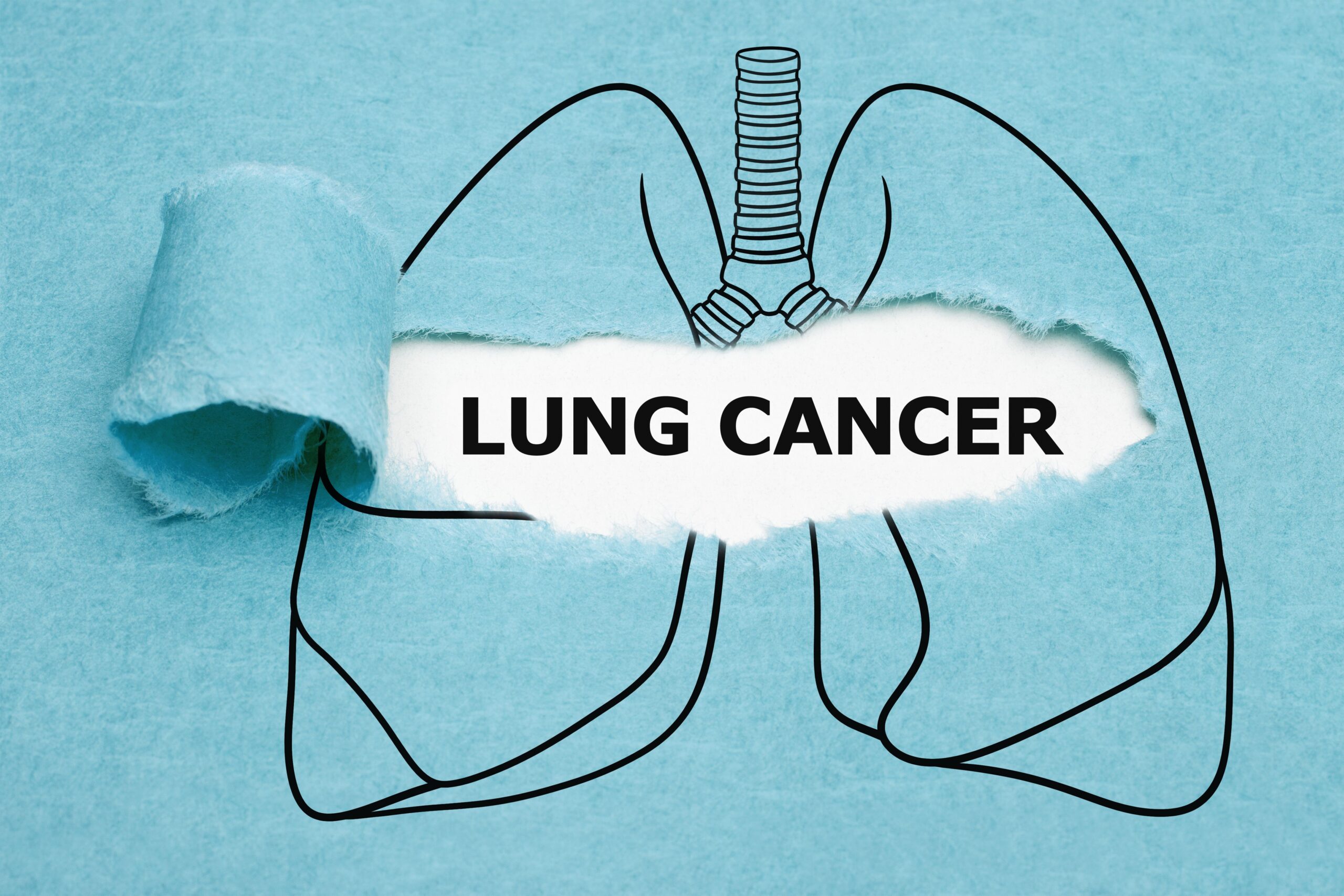Neoadjuvant immunochemotherapy may offer superior outcomes compared to concurrent chemoradiotherapy (CCRT) in patients with limited-stage small cell lung cancer (LS-SCLC), according to a new report.
The data suggests immunochemotherapy generates…

Neoadjuvant immunochemotherapy may offer superior outcomes compared to concurrent chemoradiotherapy (CCRT) in patients with limited-stage small cell lung cancer (LS-SCLC), according to a new report.
The data suggests immunochemotherapy generates…